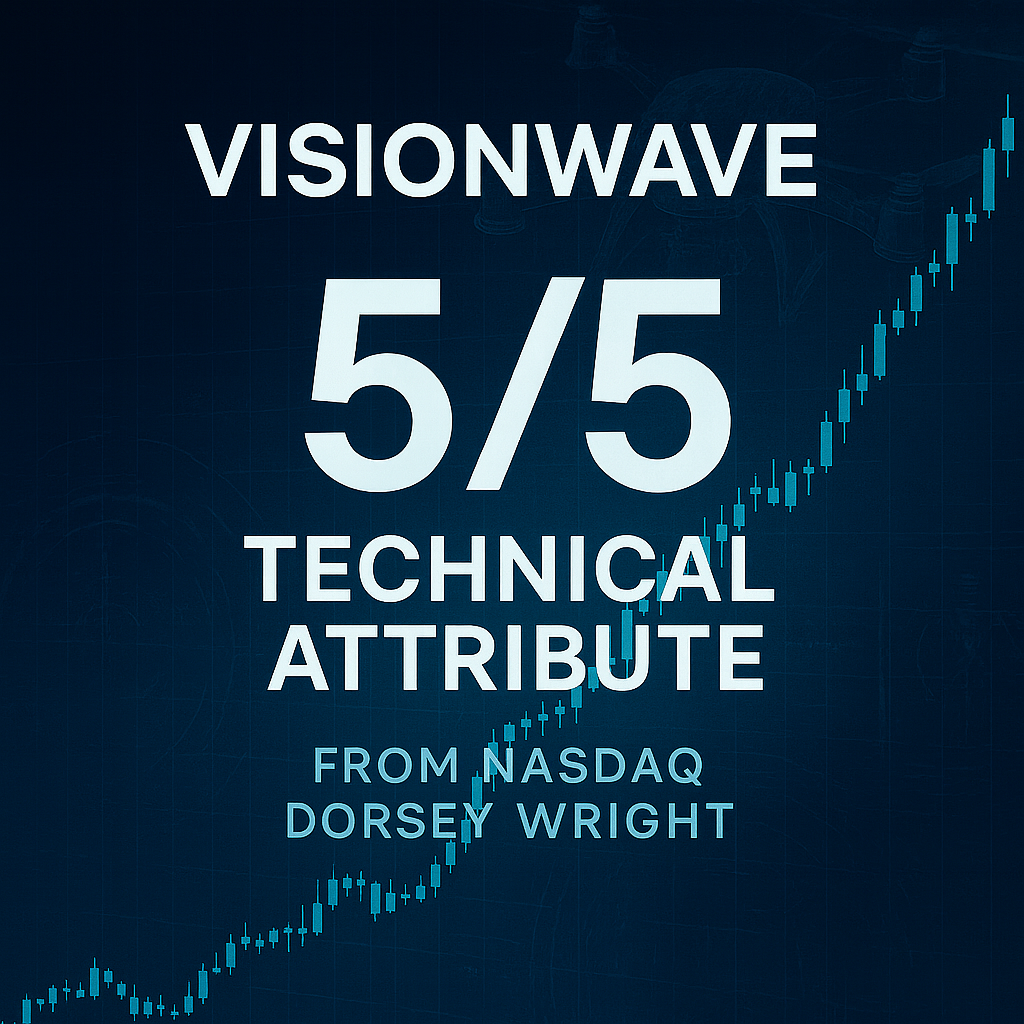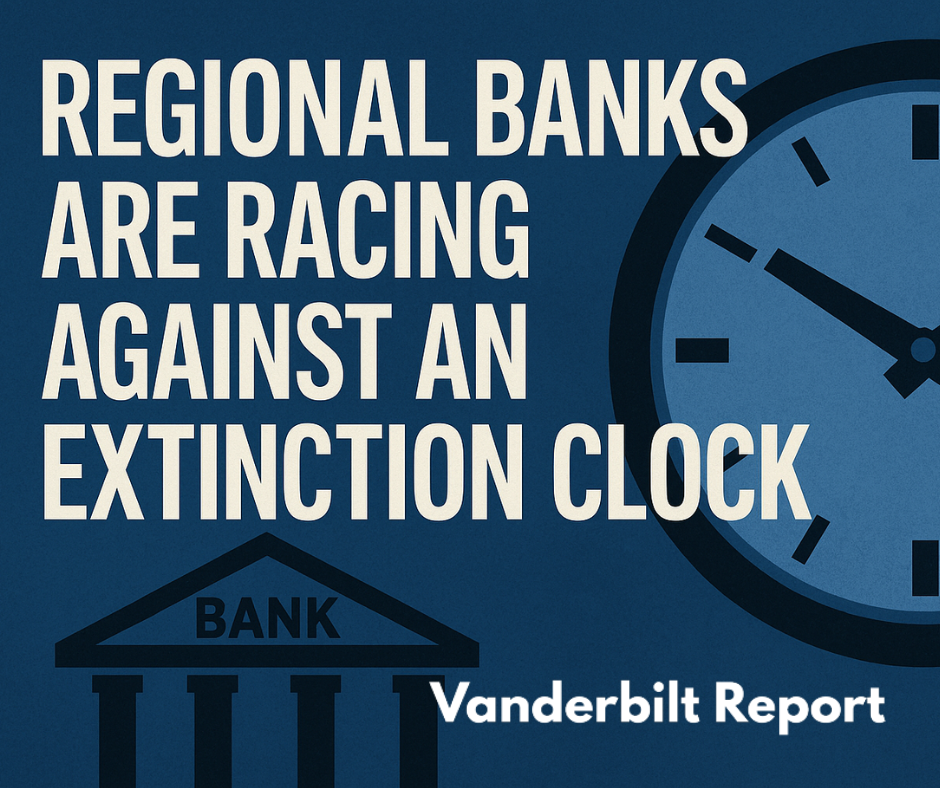Fifth Third just paid $10.9 billion for something money alone can’t buy. Scale.
The deal with Comerica creates the ninth-largest U.S. bank with $288 billion in assets. But the transaction’s real value lies beyond the balance sheet. It signals a broader pattern reshaping American banking.
Regional banks face an existential choice. Consolidate to compete or become someone else’s acquisition target.
The Deal Economics Tell A Survival Story
Comerica shareholders receive 1.8663 Fifth Third shares for each share they own, roughly $82.88 per share. That’s a 17.5% premium over pre-announcement value.
Fifth Third shareholders will own 73% of the combined entity. Management expects 9% earnings per share accretion with no tangible book value dilution.
The market responded immediately. Comerica shares jumped 14% on the announcement.
But the premium and the market reaction reveal something deeper. Regional banks are willing to pay for geographic positioning and operational scale because the alternative is worse.
Three Forces Are Accelerating Consolidation
The regulatory environment shifted dramatically in 2025. The FDIC rescinded its 2024 policy statement in May, reinstating guidance from 1998 that streamlines approvals.
Fifth Third CEO Tim Spence noted that approvals are coming faster now. The Huntington-Veritex deal closed in just 81 days.
The regulatory tailwinds matter because they remove a critical barrier. Banks can now execute consolidation strategies without multi-year approval uncertainties.
Geography represents the second force. The combined entity will operate in 17 of the 20 fastest-growing U.S. markets. More than half its branches will sit in Sun Belt states by 2030.
Comerica brings 108 branches in Texas holding $9.42 billion in deposits. Fifth Third plans to open 150 new branches in Texas by 2029, targeting top-three market share in Dallas, Houston, and Austin by 2030.
Population and business migration patterns make Sun Belt positioning a strategic imperative. Regional banks without meaningful presence in these markets face structural growth headwinds.
Technology creates the third pressure point. Banks have increased technology spend by 65%
over 15 years. The largest banks now spend more than 10 times what regional banks budget for technology.
That gap continues widening. Smaller institutions lack the scale to invest in competitive digital platforms, data analytics, and AI capabilities. Each year without those investments makes the competitive gap harder to close.
The Industry Transformation Is Just Beginning
Forecasts suggest up to seven new megabanks with over $1 trillion in assets could emerge in the next five to ten years. Analysts project sustained consolidation delivering up to 40 deals annually involving banks over $100 billion in assets.
The Fifth Third-Comerica merger is the opening act, not the finale.
Bank M&A activity reached 71 transactions through June 2025, up from 59 in the same period last year. Pricing for whole bank transactions averaged 147% of tangible book value in the quarter, compared to 123% through June 2024.
Deal velocity and pricing both signal strong consolidation momentum.
The S&P 500 Banks Index surged nearly 21% in 2025, outpacing the benchmark S&P 500’s 14% rise. Record stock prices provide acquisition currency, enabling more transactions.
Regional banks that waited through years of regulatory uncertainty now face a compressed decision window. The combination of regulatory approval speed, geographic imperatives, and technology gaps creates urgency.
What This Means For Banking’s Future
The combined Fifth Third-Comerica institution will rank first in Michigan retail deposits. It will operate a $100 billion wealth and asset management division. It will have meaningful scale in the fastest-growing U.S. markets.
Those advantages compound over time.
Banks below a certain asset threshold struggle to justify the technology investments, compliance costs, and talent acquisition needed to compete. The threshold keeps rising as larger institutions gain efficiency through scale.
The five biggest banks already control more than 40% of U.S. deposits. Regional consolidation accelerates that concentration.
Leadership integration signals long-term strategic intent. Comerica CEO Curt Farmer becomes vice chair. Three Comerica board members join Fifth Third’s board. Peter Sefzik will lead wealth and asset management operations.
The deal structure preserves institutional knowledge while enabling operational integration.
Regulatory approval remains subject to standard review and shareholder consent. But the approval timeline looks dramatically different than it would have 18 months ago. The projected March 31, 2026 closing date reflects the new regulatory reality.
The Consolidation Clock Is Ticking
Regional banks face a narrow window to secure strategic positioning before the most attractive merger partners disappear. Each completed deal removes options from the board.
The question isn’t whether consolidation continues. The regulatory shift, geographic imperatives, and technology gaps make further deals inevitable.
The question is which institutions move decisively and which wait until their negotiating position weakens.
Fifth Third paid $10.9 billion to avoid that second scenario. Other regional banks are watching closely and running their own calculations.
The extinction clock is ticking. Scale became the survival threshold overnight.













